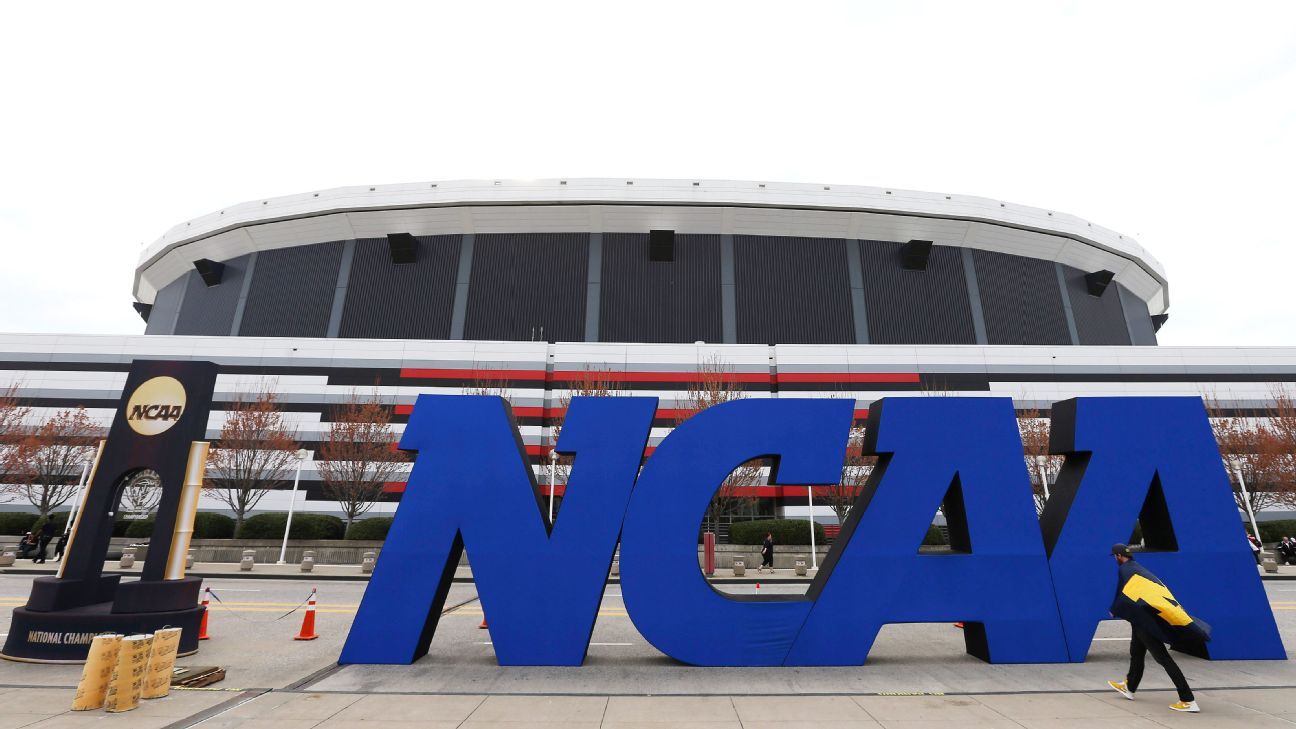The NCAA Antitrust Settlement: A Transformative Moment for Collegiate Sports
The landscape of collegiate sports is on the precipice of significant change as the NCAA and its member schools consider a groundbreaking solution to the looming challenges posed by antitrust cases. This proposed settlement, if implemented, has the potential to shape the future of major collegiate sports in America.
The Proposed Solution
At the heart of this proposed solution is the establishment of an annual process that would give new players the opportunity to opt into or object to the revenue-sharing terms being negotiated as part of the emerging framework for the future business model of the NCAA’s top schools. This move comes in response to the college sports industry’s efforts to avoid future antitrust litigation and ensure a fair and transparent system for athletes.
The terms of the settlement, which are currently being fine-tuned, include the NCAA paying over $2.7 billion in past damages and setting up a system for its most powerful conferences to share a portion of their revenue with athletes moving forward. A key challenge in reaching a settlement has been finding a way to safeguard against future lawsuits, particularly claims of collusion to cap player compensation without a collective bargaining agreement.
A New Approach to Adjudication
Steve Berman, the co-lead counsel representing athletes in the House v. NCAA case, has proposed an innovative solution that would extend the class-action settlement on an annual basis. Under this proposal, athletes would have the opportunity to object to the terms of the revenue-share agreement each year, allowing for a more dynamic and responsive system that prioritizes fairness and player input.
While the NCAA has not yet responded to this proposal, some athlete organizers remain skeptical that an annual opt-in mechanism would suffice to prevent future legal challenges. Nonetheless, sources indicate that revenue sharing with athletes could commence as early as the summer of 2025, marking a significant shift in how collegiate sports programs engage with their athletes.
The Path to Settlement
Despite the complexities and uncertainties that surround the ongoing negotiations, there is growing optimism among industry experts that substantial progress is being made towards a settlement. The NCAA’s willingness to settle, coupled with the potential financial risks of a trial, has catalyzed this momentum.
Key players in the collegiate sports landscape, including the Big Ten, SEC, and Big 12 conferences, are reportedly weighing the benefits of settling the antitrust cases. While some schools remain cautious, the prevailing sentiment suggests that a majority of powerful conferences are leaning towards a settlement, underscoring the potential for significant transformation in the industry.
Implications for College Athletics
Should a settlement be reached, schools would be required to adhere to a spending cap based on a percentage of their revenue, with an estimated cap of nearly $20 million per school. The allocation of these funds to athletes, however, remains a subject of debate and uncertainty, particularly in light of Title IX regulations that govern gender equity in collegiate sports.
Furthermore, the settlement does not address the issue of booster collectives and NIL payments, highlighting the need for clearer regulations and enforcement mechanisms to ensure fair and equitable treatment of athletes. The role of schools in facilitating NIL deals and the potential impact of revenue sharing on college basketball programs outside of the power conferences also present complex challenges that require careful consideration.
Looking Ahead
As collegiate sports stand at a crossroads, the decisions made in the coming weeks could herald a new era of transparency, fairness, and accountability in the industry. By navigating the complexities of antitrust law, revenue sharing, and athlete compensation, the NCAA and its member schools have an unprecedented opportunity to redefine the future of major collegiate sports in America.
Image/Photo credit: source url





